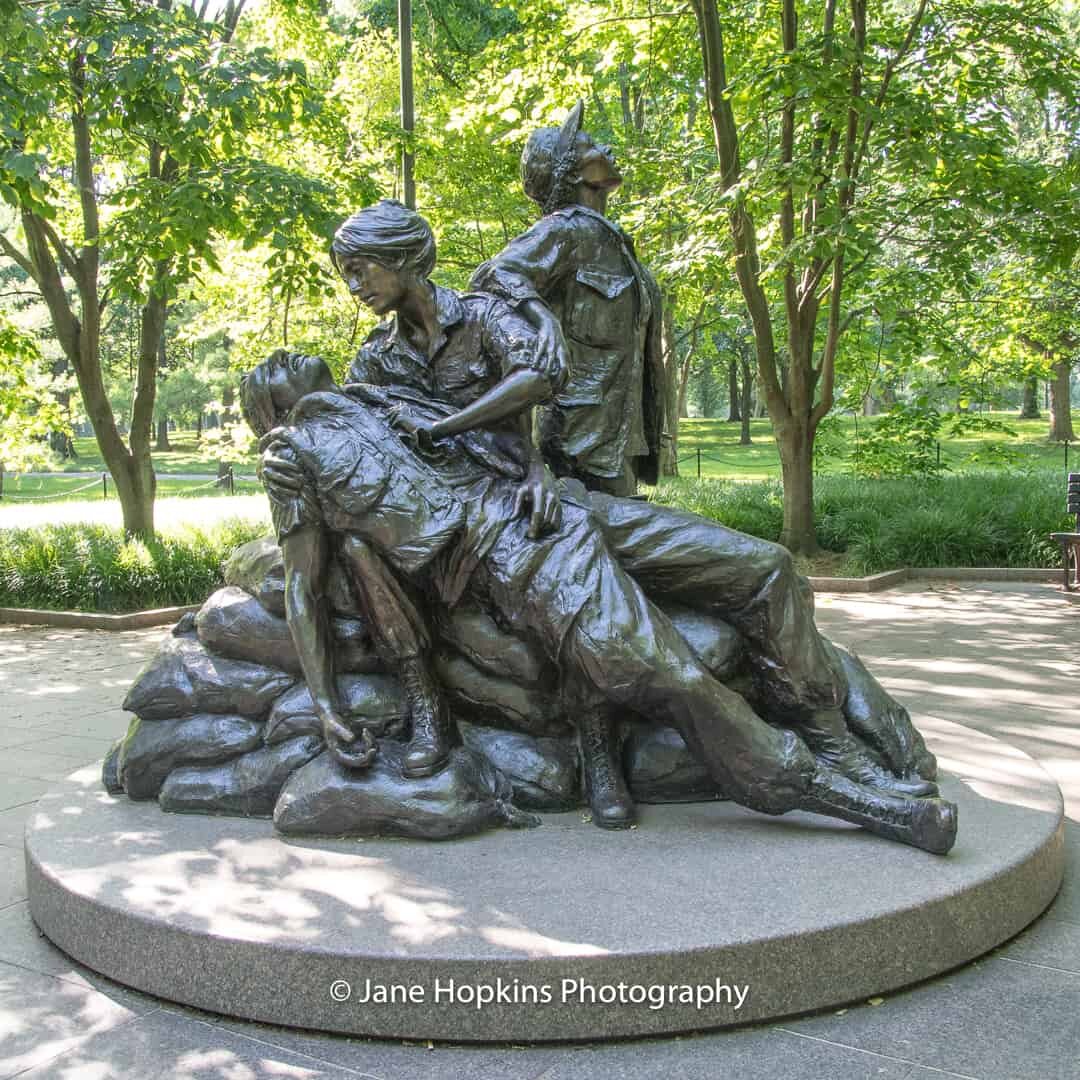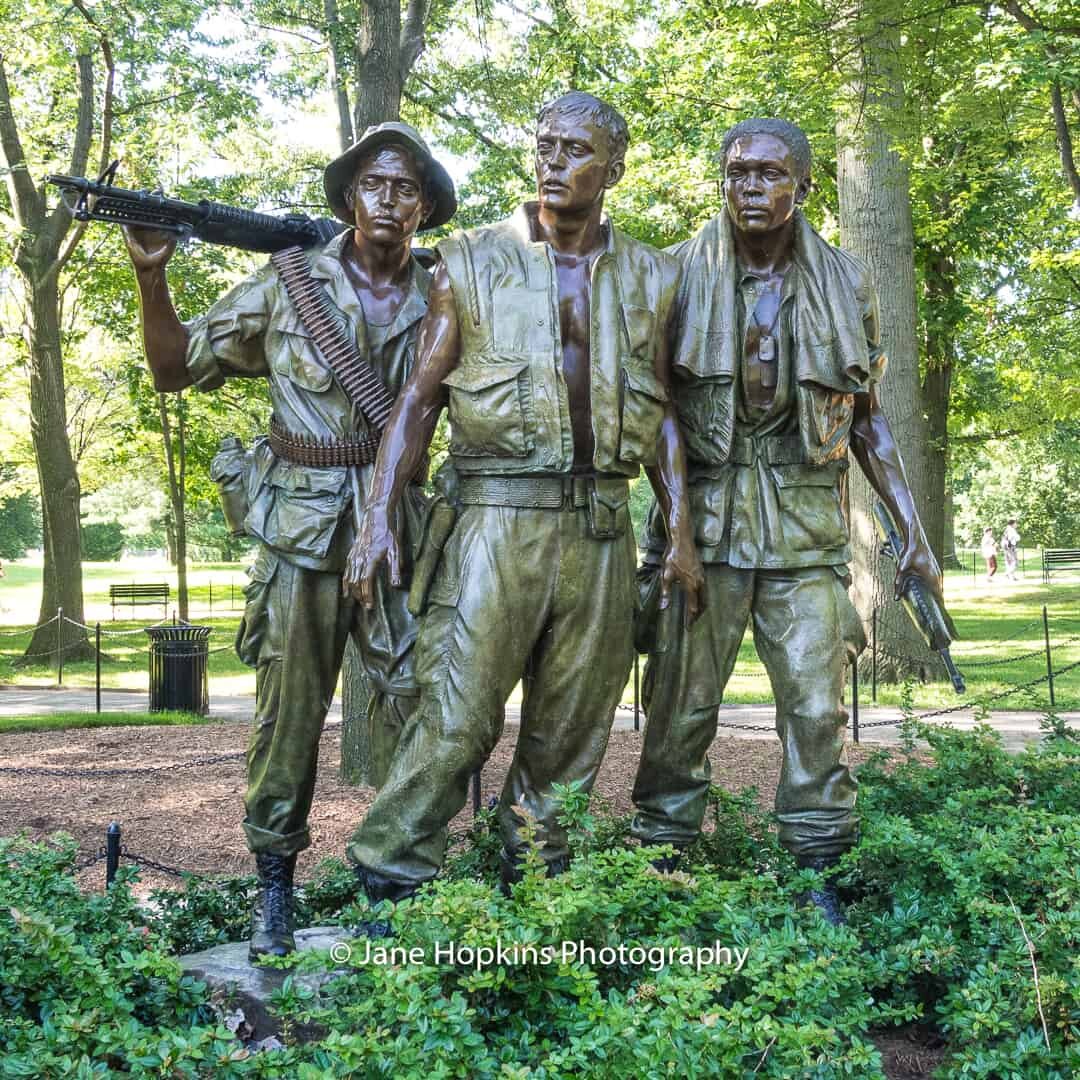War memorials and many national monuments share basic similarities with cemeteries. They affirm the contributions of men and women who serve our country in times of war; they serve as a community acknowledgement of its history and shared suffering; and they provide a public place to gather and remember, to process and reflect.
On my last trip to Washington DC, I visited the Vietnam, Korean, and World War II memorials on the National Mall. The Vietnam Memorial is an eloquent tribute to those who died in Vietnam or returned suffering devastating physical disabilities and/or PTSD. This Memorial Day I am honoring the memory of my brother who served in Vietnam.
My visit triggered somber recollections of the strife of the 60s and 70s, the losses of grieving families, and the suffering of the vets who returned in unsupportive times. Though the issues then seemed very public, the suffering of the vets and their families was often private and hidden away. Now, years later, standing beside so many others at the silent immovable wall inscribed with the names of those who did not return, I finally felt a sense of community support for the experience my brother and his family went through.
At the Korean War Memorial I was struck by the realism of the soldiers sweeping the field. I felt the heightened sensitivity to danger and the weight of the battle. Each individual sculpture is extraordinary in its expression and bearing.
The beauty of the WWII Monument fountain at night is stunning. Behind the fountain is the Freedom Wall composed of gold stars representing the number of lives lost in this war.
In sharp contrast to the serenity of the fountain and the wall, bas relief plaques dramatize the stark realities of the fighting.
I am grateful for the service of men and women who continue to serve, realizing painfully that lives continue to be lost and that families continue to grieve.
Will a time come when the world can live in peace?
These images are from the FDR Memorial near the war memorials.












